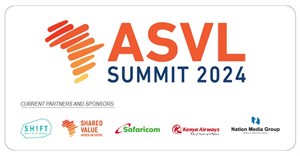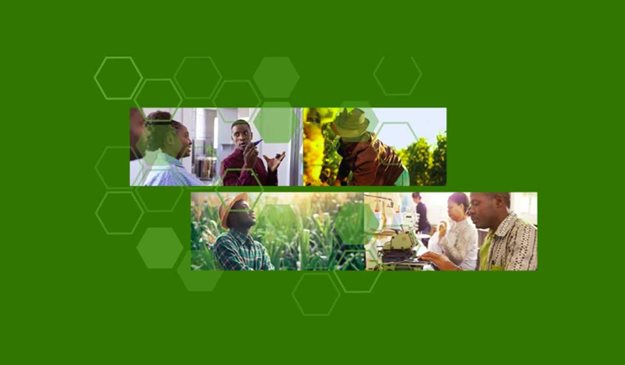Pan-African network for social investors African Venture Philanthropy Alliance (AVPA) recently launched its
inaugural report on the state of social investment financing in Africa. The report forms part of its efforts to address information gaps on social investments financing, particularly in areas such as philanthropy, impact investing, private capital deployment and corporate sustainability programmes across Sub-Saharan Africa.
“Africa needs an estimated $500bn-$1.2tn annually between now and 2030 to meet its SDG financing gap. With traditional sources of social investment like aid and government funding unlikely to fill this gap, we need to turn to the global financial and capital markets for the requisite investments," says Dr Frank Aswani, CEO of AVPA.
“This demands a good understanding of the social investment landscape on the continent and increasing collaboration amongst social investors by breaking down existing silos between providers of grants, debt and equity. We are taking the first step in this direction with this study. It provides a baseline against which we can track future progress and key trends that will influence the increased flow of capital into social investments in Africa while working collaboratively to identify programmatic interventions for creating increased social impact.”
Social capital providers mapped
The report presents findings of an eight-month study across 18 countries in Africa - six each in West, East, and Southern Africa. AVPA conducted the study in partnership with Intellecap, the advisory arm of The Aavishkaar Group, which works to build businesses that can benefit the underserved segments across Asia and Africa. It mapped providers of social capital - financial, human and intellectual, their investment strategies, and opportunities for collaboration amongst the various investors. The findings highlight, among other things, what is currently happening, who are the key players, what are their current approaches to investing, what challenges are they facing, and the opportunities they are seeing. It also identifies additional areas of future research while making recommendations of opportunities to create a stronger ecosystem for increased capital flow and social impact on the continent.
Many social investors in Sub-Saharan Africa operate in silos, necessitating strategic interventions to bridge gaps across the different types of capital and investment strategies.
Key findings include:
- There are over 820 social investors operating in the SSA region; 39% in East Africa, 31% in West Africa and 30% in Southern Africa.
- The majority of social investment capital deployed across the regions continues to come from international sources with a growing number of active regionally based social investors.
- Donors, development finance institutions, and sustainability-aligned fund managers are the largest providers of social capital across the SSA regions deploying billions of dollars annually, mainly through multi-year programmes.
- Corporates and corporate foundations are emerging as strong drivers of regional social investment ecosystems.
- While Southern Africa has the highest number of regional-based family foundations, a high level of activity was also recorded for regional family foundations in West Africa which are relatively public with information on their giving and the causes they support.
- Regional corporate social investors (CSIs) across Sub-Saharan Africa largely support basic services (health and education) provision while North American CSIs largely focus on economic empowerment/ entrepreneurship initiatives.
- Development finance institutions and sustainability-aligned fund managers' investments across the regions are highly concentrated by geography and sector, following similar trends in sector preference with financial services, agriculture and energy accounting for between 57-84% and 77-85% of DFI and SFM portfolio respectively.
- Across the regions, tech-based enterprises focused on solving challenges in the financial services, agriculture, energy and healthcare challenges have received the highest focus from social investors.
- Large pools of social investment capital deployed by African diaspora communities, faith-based organisations, SACCOs and other local capital providers represent a significant opportunity for collaboration with other social investors to make progress in key social sectors such as healthcare, education and affordable housing.
- The supply of social investment capital in the Sub-Saharan Africa region remains significantly mismatched with demand from social enterprises and impact businesses.
- With declining funding from donors and international foundations, non-profits are exploring alternative and more sustainable funding models.
The study includes an in-depth report for each of the three regions - East, West, and Southern Africa to provide detailed regional analyses. AVPA plans to repeat this study every two to three years to track trends and add to the body of knowledge within the ecosystem.
Download the report.




























